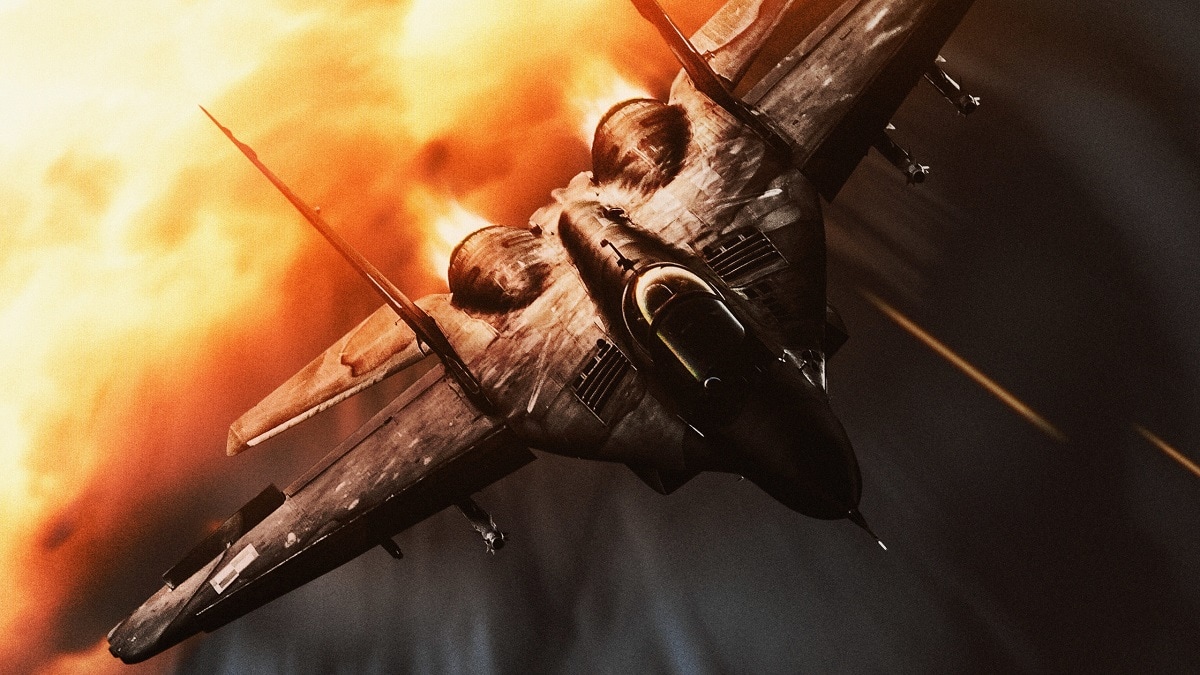The Russian Air Force in Ukraine – Fighting Itself and the Past: Despite its failure to maintain air superiority over the skies of the Eastern Donbas region of Ukraine, Russia, on Monday, claimed that its air force successfully conducted a combat sortie on several Ukrainian command posts. The bold claims were made by the Russian Ministry of Defense (MoD) in a statement. Footage of the attack was also shared online, which purported to show that a command post of the Ukrainian 25th Air Assault Brigade, deployed near Siversk, was hit in one of the airstrikes.
What We Know
“High-precision attacks launched by Russian Aerospace Forces have resulted in the elimination of seven command posts, including those of 25th Air Assault Brigade deployed near Siversk (Donetsk People’s Republic), two munitions, missile and artillery armament depots in Ivano-Daryevka and Artyomovsk (Donetsk People’s Republic), one Grad MRLS battery in reloading areas, as well as AFU [Armed Forces of Ukraine] manpower and military equipment in 16 areas,” the Russian MoD announced, Newsweek reported.
This comes as there are reports that Russia is now engaging in an “operational pause” in Ukraine, The Washington Post reported this week. How long that pause could last remains unclear.
Russian Air Force Facing Its Own Systems
The conflict in Ukraine – both on the ground and in the air – is unique in that both sides are relying on much of the same equipment. Although this has been normal in “civil wars,” it is far less common when involving two different nations. Yet, as both Russia and Ukraine are former Soviet republics, each has relied on legacy military hardware from the Cold War era.
This has impacted the Kremlin’s combat capabilities, explained the United States Air Force Chief of Staff Gen. Charles Brown Jr. on Wednesday at the Hudson Institute, a think tank in Washington, D.C., Business Insider reported.
“I think for me it’s surprising for the Russians because the systems they’re going against are their own systems,” Brown, a command pilot with more than 2,900 flying hours, including 130 combat hours, explained. “They should know them fairly well and how to defeat them. It kind of begs a real question for me: How come they don’t understand their own systems and how they might defeat their own systems?”
As with other former Soviet republics, the Ukrainian Air Force still operates such fixed-wing warplanes as the Su-24 and Su-25 attack aircraft and the MiG-29 and Su-27 fighter jets. The Kremlin has upgraded versions of those aircraft, as well as even more modern fighters, yet the Ukrainians are well-versed in the various capabilities of the warbirds.
In addition, Ukraine operates Soviet/Russian-made air-defense systems, including the S-300 – some of which have been donated by other nations. Despite the fact that these are not the most advanced systems, Ukraine has successfully downed some of Russia’s most capable aircraft.
One factor has been that Russia’s pilots may lack adequate flight hours. As previously reported, Russia doesn’t have continuous major air exercises that replicate battles, and they don’t train their pilots with elaborate flight simulators as Western pilots do.
The Kremlin has also operated in the skies in what has been described as a “risk averse style,” meaning that it has rarely penetrated deep behind Ukrainian lines.
“For years, much of Russia’s air combat training has highly likely been heavily scripted and designed to impress senior officials, rather than to develop dynamic initiative amongst air crews,” the British Ministry of Defence (@DefenceHQ) explained in a series of tweets on social media last month.
(4/6) For years, much of Russia’s air combat training has highly likely been heavily scripted and designed to impress senior officials, rather than to develop dynamic initiative amongst air crews.
— Ministry of Defence 🇬🇧 (@DefenceHQ) June 20, 2022
Another factor is that Russia didn’t follow the standard playbook in achieving air superiority, something that the United States successfully executed during the First Gulf War in its 1991 invasion of Iraq.
“We were able to take out many of the surface-to-air defense systems to clear areas so then we could provide air superiority over the areas where the ground forces were operating,” Brown added. “That’s not the way the Russians have operated. They really haven’t looked at suppressing air defense.”

Russia’s Su-27 Fighter. Image: Creative Commons.
That failure to suppress Ukraine’s air defenses has resulted in a complete failure to achieve air superiority, and Russia will continue to lose aircraft because of it.
Now a Senior Editor for 1945, Peter Suciu is a Michigan-based writer who has contributed to more than four dozen magazines, newspapers and websites. He regularly writes about military hardware, firearms history, cybersecurity and international affairs. Peter is also a Contributing Writer for Forbes.

